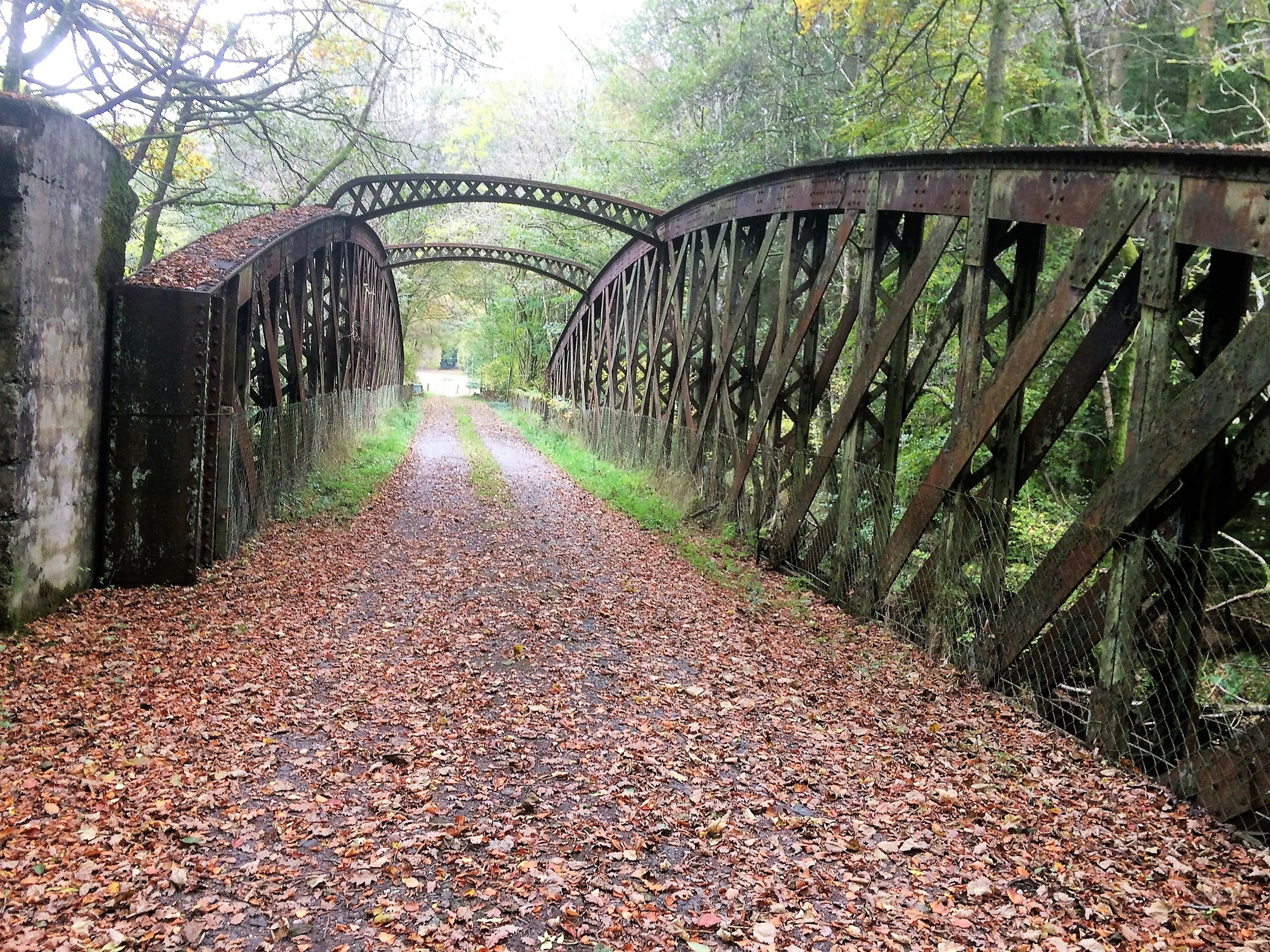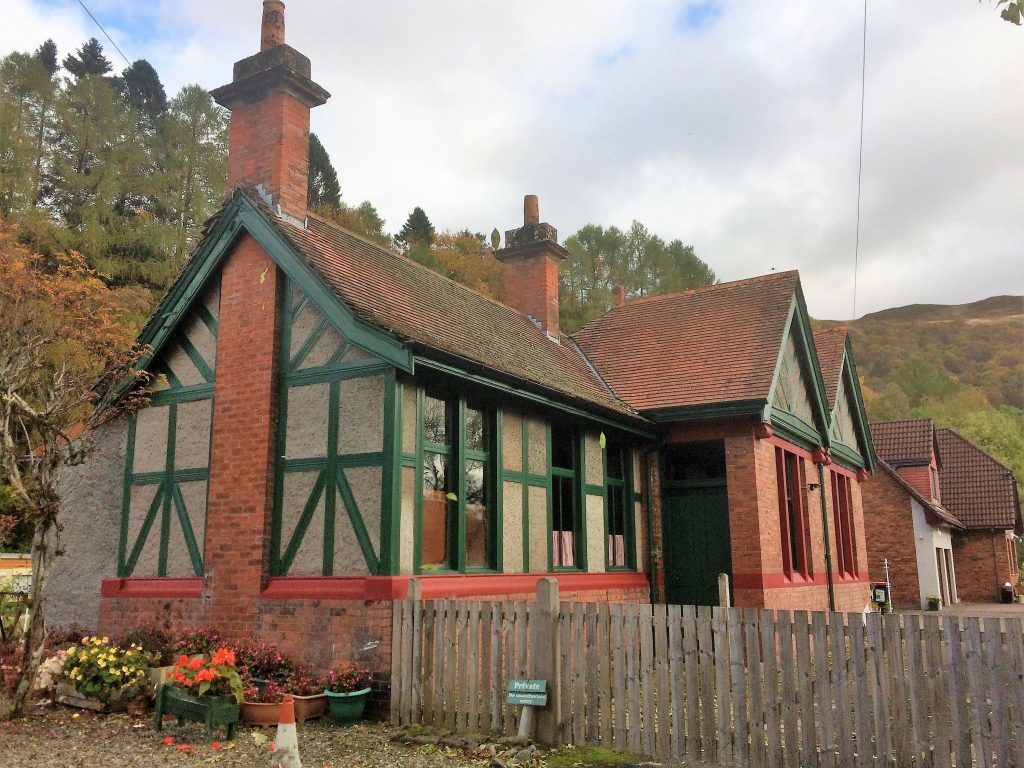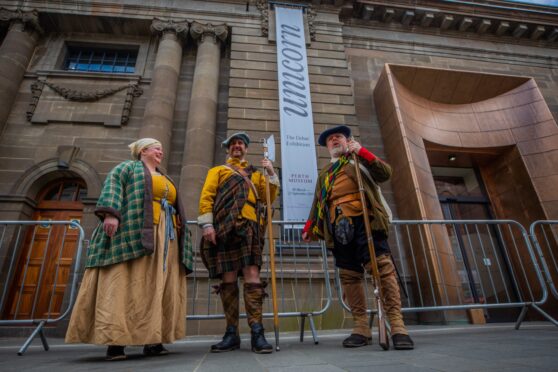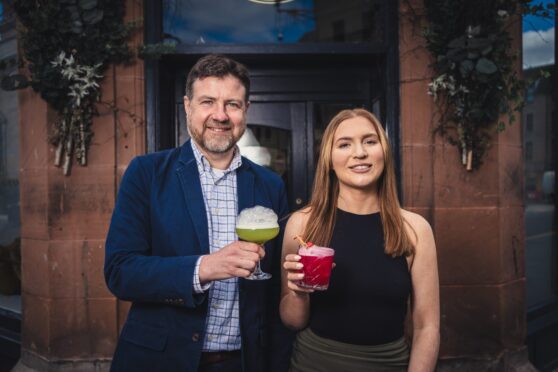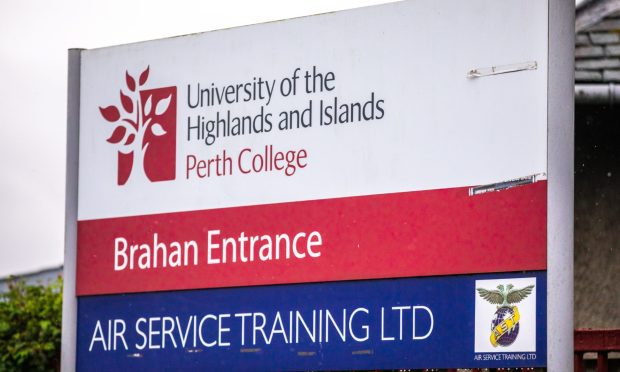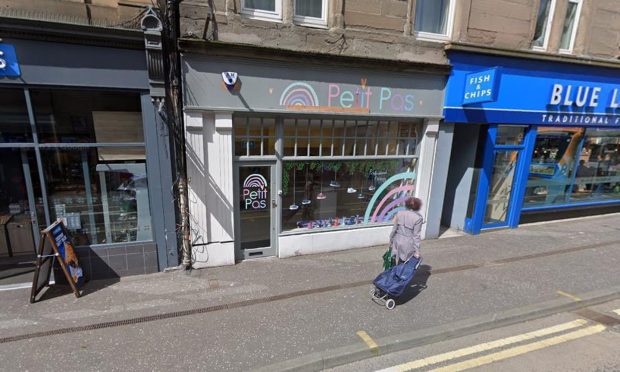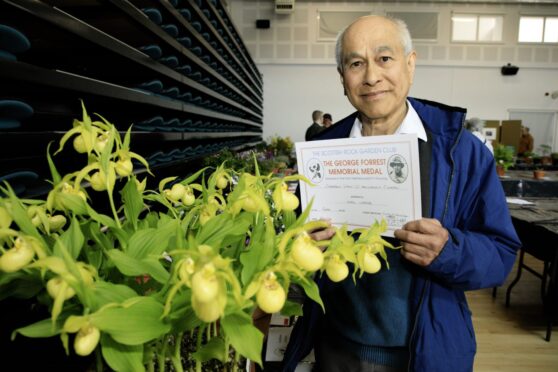A major new festival will offer an insight into the coming of the steam age to Strathearn and the stunning impact the railways had on towns and villages.
For more than a century, the railway lines of Strathearn were an integral part of the region, contributing to trade and tourism.
Residents and business-people had campaigned for years to see trains introduced to the landscape, where they revolutionised life as local people knew it.
The area’s routes will form an important part of the proposed Crieff Lines Railway Festival, which aims to celebrate the lines and their impact on the region, together with the staff who worked them.
It would take place at the Strathearn Community Campus from September 1 to 3 2017, with a wealth of organisations and clubs already interested.
Over the three days there would be talks from knowledgeable speakers such as author John Young, whose painstakingly researched book “The Strathearn Branch Lines – Tourists, Tatties and Trains” was published in 2014.
Collections of old photographs showing the lines and displays relating to staff are planned, while there will also be images taken by those who witnesses the closing of the last section of line.
Saturday September 2 would be the main day with stallholders, all manner of museum, photograph and staff displays, together with rides from the Scottish Model Engineering Trust and a model railway display from the Perth and District Club.
The first of a planned series of walks would also take place on the Saturday with a longer, ranger-led walk taking place on the Sunday, taking in some of the newest sections of railway walking route.
The history of Crieff Junction Railway goes back to when it opened in 1856 and in the years that followed, rail lines spread out across the region.
Many towns had been separated by only a few miles but found themselves struggling to communicate and were undoubtedly cut off from larger metropolis for trade and tourism.
With the arrival of the railway, the market town of Crieff – with its hotel, large homes and fine public parks – was among the key beneficiaries.
The trains were also greeted with great enthusiasm by the people of Comrie and other towns and villages between Crieff and Lochearnhead.
Communities whose transport system had been confined to stagecoach and horse-drawn cart now found themselves entering the age of steam and linked to the outside world.
That age has long since passed and over time, as across the UK rural routes began to close and huge swathes of track and once busy Strathearn stations fell into disuse.
The last section of line closed in 1967 but significant efforts have been made in recent years to see them return as walking routes.
Much evidence of the glory days of the railways are still visible, such as at St Fillans Station, where most of the original buildings survive, including the station itself, a waiting room, the platforms and the signal box.
A public meeting will be held at the Strathearn Community Campus on Wednesday from 7pm at which all interested parties are welcome.
Anyone interested in being involved with the festival physically or through loaning photographs or exhibits or sharing memories of the lines, which encompass the stretches from Perth to Balquhidder and Crieff to Gleneagles can email Fergie.4@aol.com or call 01764 654060.
